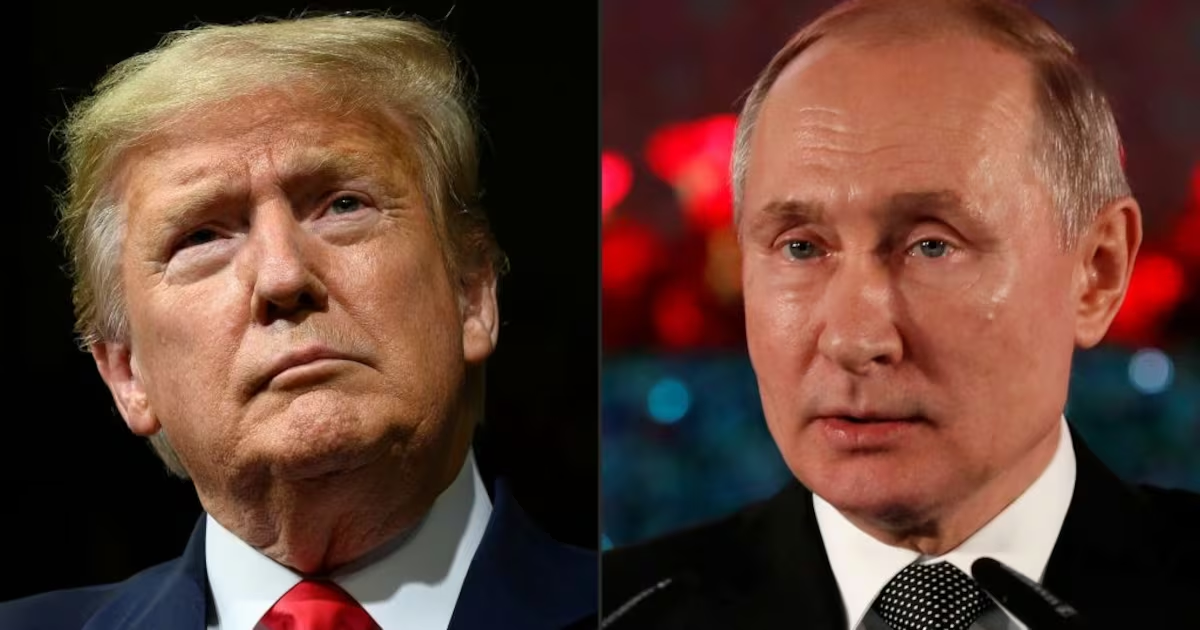Many people enjoyed a good laugh in early 2013 at the expense of Manti Te’o, the superstar Notre Dame linebacker whose private life became all too public when it turned out that his sad story—namely, that his grandmother and girlfriend had passed away on the same day—was a lie, since his supposed paramour wasn’t real. Yet in truth, Te’o’s saga remains a nightmare of unwarranted humiliation and lasting, career-derailing damage, with Te’o’s psychological well-being and NFL prospects both rocked by the revelation that he had been the victim of a catfishing ruse. Te’o was transformed from a hero into a figure of ridicule even though, as The Girlfriend Who Didn’t Exist contends, he’s actually someone who deserves our pity and compassion.
The premiere installment of Season 2 of Netflix’s non-fiction series Untold, The Girlfriend Who Didn’t Exist (Aug. 16) is a two-hour examination of a tawdry ordeal that doubles as an act of confession, air-clearing, and healing for its two subjects. Te’o sits down for an extensive interview with directors Ryan Duffy and Tony Vainuku, detailing his stratospheric highs and dismal lows and, in doing so, answering many of the questions that dominated TV and talk radio in the wake of his national embarrassment. Te’o is simultaneously enthusiastic, earnest and grief-stricken while recounting his experiences, his excitement when discussing his glory years with the Fighting Irish offset by the haunted and teary-eyed look that seizes his face upon remembering the emotional violation he suffered, and the tabloid-ready catastrophe that ensued.
Te’o, however, is only one side of this coin, and The Girlfriend Who Didn’t Exist benefits from the additional participation of Naya Tuiasosopo, the individual who struck up an online and phone/text romance with Te’o by posing as Lennay Kekua, a fictitious female. In the years since their relationship became fodder for CNN, ESPN and Saturday Night Live, Tuiasosopo has come out as a transgender woman, and though Duffy and Vainuku’s two-part episode notes that no one interviewed for this documentary was aware of her transition at the time of filming, it’s nonetheless central to the proceedings. Candid and apologetic—albeit to a degree that likely won’t satisfy every viewer—Tuiasosopo fills in the gaps regarding how this all came to be. In the process, she paints this ruse-gone-awry as a result of her identity-related challenges, which may not be much of an excuse for the monumental and enduring harm she caused but at least explains the underpinnings of this mess.
As she elucidates in The Girlfriend Who Didn’t Exist, Naya was never comfortable in her own skin, and ultimately responded by creating a fake online persona, Lennay, who more accurately expressed how she truly felt. To bolster this guise, she used photos of a high school friend named Diane O’Meara before messaging various men. Having grown up in a Polynesian clan that prioritized faith, family and football, Naya had an immediate bond with Te’o, whose cousin verified Lennay as legitimate (given that they had previously chatted online), and who believed Naya to be a kindred spirit who could relate to every aspect of his life. Before long, they were virtually dating. Te’o’s best friend and teammate Robby Toma admits that all of this was a tad strange, but he also concedes that long-distance romances weren’t uncommon (he himself was in one). Moreover, because it made Te’o happy—and helped him cope with the strangeness of relocating from his tropical Mormon Hawaiian community to the midwestern Catholic cold of Notre Dame—it largely seemed like a net positive.
As the two grew closer, Te’o’s athletic fortunes rose, with the linebacker becoming a vital defensive leader and, just as importantly, a beloved paragon of Notre Dame’s religious and service-minded values. Things began to fall apart, however, on Sept. 12, 2012, when Te’o’s grandmother passed away and, hours later, Naya—fearful of how far things had gone—called Te’o and, posing as Lennay’s brother, told him that Lennay had fatally succumbed to leukemia. This one-two punch turned Te’o’s subsequent success on the field into a feel-good narrative that gripped the country, peaking with him being nominated as a finalist for the Heisman Trophy and Notre Dame appearing in the National Championship game against Alabama. The problem was, Naya refused to keep Lennay dead, and when Deadspin received an anonymous tip about this vast lie, it was only a matter of time before Naya’s charade was exposed.
Arguably the most fascinating aspect of The Girlfriend Who Didn’t Exist is Deadspin reporters Tim Burke and Jack Dickey’s admission that their motivation for chasing this story was to shame the national media for not doing its basic fact-checking job regarding Te’o and his trauma. Nonetheless, the water-cooler focus quickly shifted to other matters: How could Te’o have been so gullible? Had he been complicit in this scheme? Did he invent this fake girlfriend to hide his homosexuality? Taking viewers step by step through their concurrent, if respective, journeys, Te’o and Naya make clear that the entire operation was concocted by Naya (and Naya alone), and that Te’o only deceived the media—during the few days around the Heisman ceremony, when he first learned that Lennay might be alive—out of fear and confusion. The portrait that emerges is one of a young man who was excessively trusting and caught up in his own righteous-savior image, and who paid a terrible price for his naivety, which was so extreme that he didn’t even know what “catfishing” was at the time.
Unguarded and forthcoming in his extended on-camera conversation, Te’o engenders empathy for his undeserved plight. The same can’t be said for Naya, whose gender dysphoria was clearly the impetus for her subterfuge but hardly exonerates her for perpetrating it, especially considering that the contrition she exhibits here feels less than wholehearted. The fact that Te’o’s NFL dreams were forever compromised by this scam makes The Girlfriend Who Didn’t Exist a sad commentary on the unreliability of people, the internet, and media adulation—as well as a tragedy about an upright man, and a promising future, shattered for no justifiable reason.






